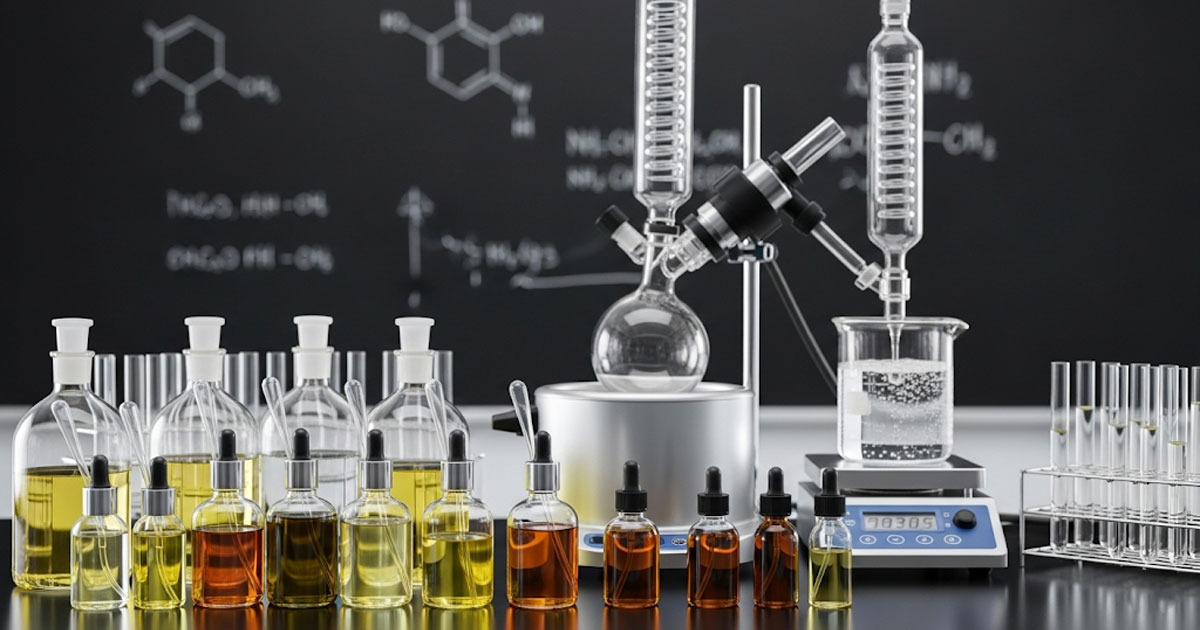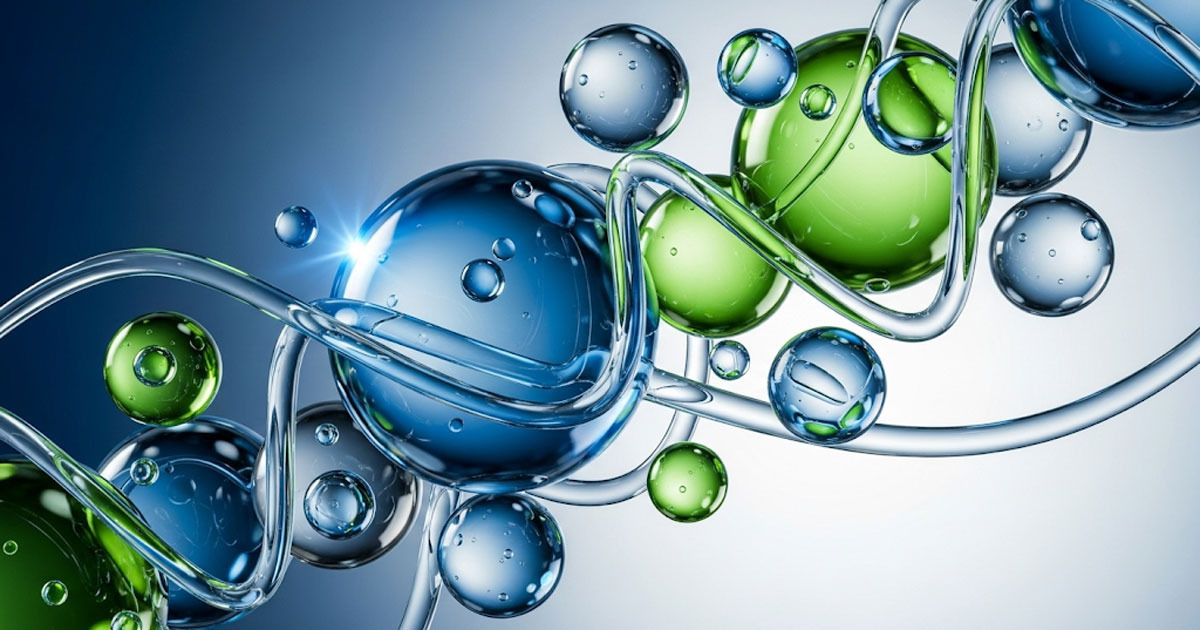The Rise of Fermented Actives in Perfumery
The fragrance industry is undergoing a quiet revolution driven by biotechnology, sustainability, and natural innovation. Fermented ingredients once limited to skincare and wellness are now being adopted in high-end natural Eau de Parfum (EDP) formulations.
These bio-converted compounds offer perfumers new olfactive dimensions while meeting the growing demand for transparency, traceability, and reduced ecological footprint. Fermentation, a controlled microbial process, transforms raw botanicals into more potent, bioavailable, and often more aromatic forms.
In perfumery, this process enhances both volatility and longevity of natural ingredients, expanding their utility in scent design. Lactic acid bacteria, yeasts, and specific fungal strains are utilized to yield aroma molecules that are not easily extracted via traditional distillation.
Natural fragrance houses are now exploring these biotransformations to craft richer, longer-lasting base notes and to extract delicate top notes from botanicals once deemed too volatile or unstable. This not only broadens the perfumer’s palette but also aligns with the clean-label movement dominating cosmetic innovation worldwide.
Scientific Principles Behind Fermentation in Fragrance
Bioconversion and Molecular Enhancement
Bioconversion is at the heart of fermentation in perfumery. Through enzymatic pathways, microbes break down plant material into new aroma-active molecules. For example, fermenting jasmine petals can yield benzyl acetate and indole in more stable concentrations, enhancing both floralcy and diffusion.
Fermentation can also isolate minor compounds from raw botanicals that are typically lost in conventional extraction. This method provides perfumers access to rare facets like fermented vetiver root yielding smoky-earthy accords with smoother dry-downs than steam-distilled counterparts.
Moreover, fermentation modifies volatility, often slowing down the evaporation rate of lighter molecules. This gives natural EDPs better sillage and persistence, addressing one of the main challenges of formulating with 100% natural inputs.
Sustainability and Green Chemistry
Fermented fragrance compounds score high in life-cycle analysis due to reduced energy input and waste. Unlike solvent extraction or high-temperature distillation, fermentation operates at low energy and typically uses water-based systems. This results in a smaller carbon footprint and a more sustainable sourcing model for luxury fragrance brands seeking environmental certifications.
Additionally, by leveraging agricultural by-products or plant biomass unsuitable for food use, fermentation reduces raw material waste. Rose marc, spent tea leaves, or even citrus peels can be upcycled into valuable fragrance bases, aligning with circular economy principles.
Formulation Opportunities and Market Impact
Creating New Olfactive Signatures
Fermentation is helping perfumers redefine the boundaries of “natural.” The transformation of raw materials can yield novel scent profiles that bridge the gap between synthetic complexity and natural purity. For example, fermented patchouli retains its earthy backbone while introducing subtle fruitiness expanding its role beyond a base note into a versatile heart component.
For niche brands, these biotechnologically enhanced naturals offer distinct storytelling advantages. Describing a “fermented iris root extract” appeals to consumers craving uniqueness, authenticity, and functional benefits from their fragrances. In some cases, fermentation can also reduce allergenic compounds, improving the skin compatibility of finished perfumes.
Regulatory and Labeling Considerations
While fermentation-derived ingredients are natural by ISO standards, some certification bodies require additional verification due to the microbial involvement. Brands seeking COSMOS or Ecocert certification must ensure all microbial strains and processing aids comply with clean beauty requirements.
However, consumer perception is generally positive, particularly among younger demographics familiar with fermented foods and skincare. Labeling strategies that emphasize the natural origin, sustainable production, and enhanced performance of fermented actives are proving effective in positioning these perfumes within the premium wellness space.
The Future of Fermented Eau de Parfum
The incorporation of fermented ingredients into Eau de Parfum signals a significant shift toward greener, smarter perfumery. As synthetic analogues face increasing regulatory scrutiny and consumer skepticism, biotechnology offers a scalable, ethical alternative.
Research partnerships between fragrance houses and biotech startups are already yielding exclusive fermented notes from balsamic accords derived from apple pomace to marine nuances from fermented algae. These collaborations aim not only to diversify scent libraries but also to support biodiversity and carbon neutrality goals.
In the coming years, we can expect fermentation to move beyond novelty and into the mainstream of high-end perfumery. With deeper understanding of microbial interactions and better control over aroma biochemistry, perfumers will be able to construct ever more intricate, long-wearing, and sustainable fragrances.




